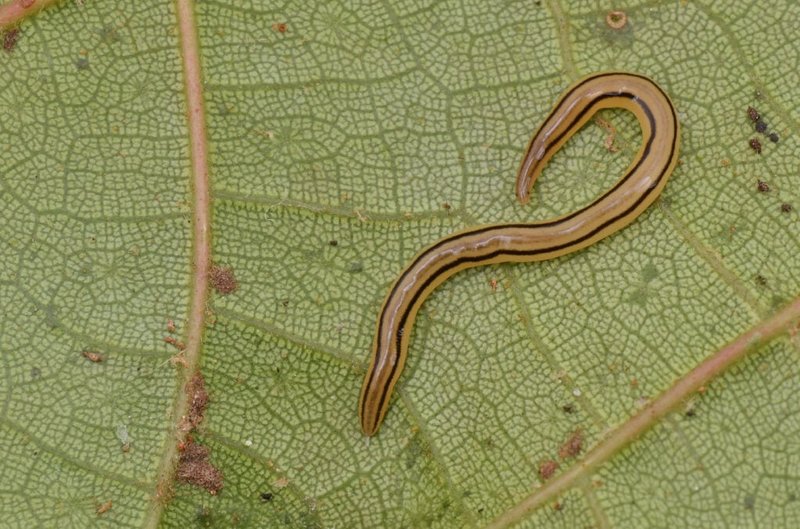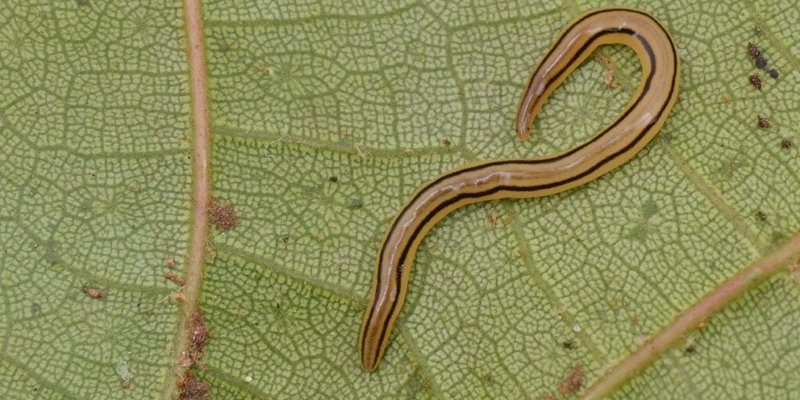
First off, ribbon worms belong to a group called Nemertea. They’re often overlooked but play important roles in their ecosystems, mostly in marine environments, where they live in the sand or under rocks. Think of them as stealthy predators, using their mucus to navigate, hunt, and defend themselves against larger threats. You might wonder: how can something so slimy be so effective? Well, the secret lies in their mucus trails, which are an incredible adaptation that many creatures could only dream of!
Understanding Ribbon Worms
Ribbon worms are quite the interesting characters in the animal kingdom. With over 1,300 known species, they come in various colors and sizes. Many are brightly colored, which can be both beautiful and a warning sign to predators. They range from just a few centimeters to several meters long, showcasing their adaptability to different environments.
These worms have a soft, flexible body that can stretch and bend effortlessly as they move through different terrains. This flexibility is crucial since they often navigate through tight spaces like crevices and sand, much like how a gymnast flips and twists to fit through a narrow space. As much as they may seem simple, ribbon worms have complex systems in place to survive and thrive.
A standout feature of ribbon worms is their proboscis, a long, tubular structure they can extend to catch prey. Think of it like a super-long tongue that helps them snag unsuspecting shrimp or small fish. This ability to hunt effectively, combined with their locomotion strategies, makes ribbon worms fascinating subjects of study.
How Mucus Aids Their Movement
So, how does this mucus fit into the picture? Well, ribbon worms secrete a special kind of mucus as they move. This slippery substance serves multiple purposes that are essential for their locomotion. First off, it reduces friction. Picture sliding down a water slide with plenty of soap versus without. The soap makes everything smoother, right? The same concept applies here. The mucus makes it easier for the worm to glide over surfaces, allowing it to move more swiftly and with less energy.
Moreover, the mucus trail helps ribbon worms anchor themselves when needed. They can attach to surfaces or burrow into the sand while keeping a secure grip. So, if they’re in a race against the tide or trying to avoid a hungry predator, the mucus acts like a safety harness, giving them stability. This ability to cling and move at the same time is a game-changer in their underwater world.
But that’s not all. The mucus also plays a crucial role in communication. When ribbon worms secrete mucus, they may be releasing pheromones that signal to other worms nearby, either to attract mates or warn others of danger. Just like how humans might leave a note or send a text, this slimy trail can convey important messages in the ocean world.
The Composition of Ribbon Worm Mucus
Now, what’s in this mucus that makes it so special? Ribbon worm mucus is primarily made of mucins—proteins that give it that sticky, slippery consistency. These proteins help form a gel-like structure that can hold water, making the mucus both viscous and stretchy.
In addition to mucins, the mucus can also contain enzymes and other compounds that may serve different functions. For example, some of these enzymes might help digest the food they catch or protect against pathogens if they get hurt. Think of it as a multi-purpose tool: sticky enough to help them move, strong enough to protect them, and even helpful for digestion.
What’s even cooler is that the composition of the mucus can vary between species or even individual worms, depending on their environment and needs. This adaptability showcases just how versatile these creatures are!
Comparing Ribbon Worms to Other Marine Creatures
While ribbon worms might be unique, they aren’t the only marine creatures that utilize mucus for movement. For instance, many types of fish, like eels, produce mucus to help reduce drag while swimming. Similarly, some snails and slugs secrete mucus trails as they move, which helps them stick to surfaces and navigate their environments.
However, ribbon worms take this concept a step further. Their mucus is not just for moving; it’s also a key element in their hunting tactics. Unlike fish or snails, ribbon worms can use their mucus trails to trap prey and create a sticky surface. Imagine going fishing with a net that has special glue—if you snag any fish, they stick right to it! This method gives ribbon worms a unique edge over other predators in the ocean.
This comparison highlights the variety of adaptations creatures have developed to thrive in their habitats. Each animal has its own special tricks—understanding these can help us appreciate the diversity of life in our oceans.
The Role of Mucus in Defense
Beyond locomotion, ribbon worm mucus also acts as a defense mechanism. When threatened, many ribbon worms can release large quantities of mucus to create a cloud around them. This cloud not only makes it tough for predators to see them but can also irritate or deter potential attackers.
Consider the idea of throwing sand in someone’s eyes to escape when you’re cornered—it’s a reflex action aimed at buying time. Similarly, when scared, ribbon worms can rely on their mucus, which might be slippery enough to allow them to escape while providing a chance to hide.
Furthermore, some species even produce toxic mucus that can be harmful if ingested by predators. This combination of creating a slippery escape route and potentially causing harm makes ribbon worms a fascinating study in survival strategies. It’s like having a secret weapon hidden in their bodies!
Ribbon worm mucus trails are more than just slimy lines in the sand—they’re a remarkable adaptation that allows these creatures to move efficiently, hunt effectively, and defend themselves in a complex marine environment. By understanding how these mucus trails help with locomotion, we gain insight into the intricate balance of life beneath the waves.
Next time you think about worms, remember that ribbon worms are little heroes of the ocean, gliding gracefully with their unique tricks. Their mucus isn’t just goo; it’s a testament to nature’s creativity. So, the next time you’re at the beach or exploring tide pools, keep an eye out for these fascinating creatures and their shimmering trails. They might just inspire you to appreciate the wonders of the natural world a little more!

